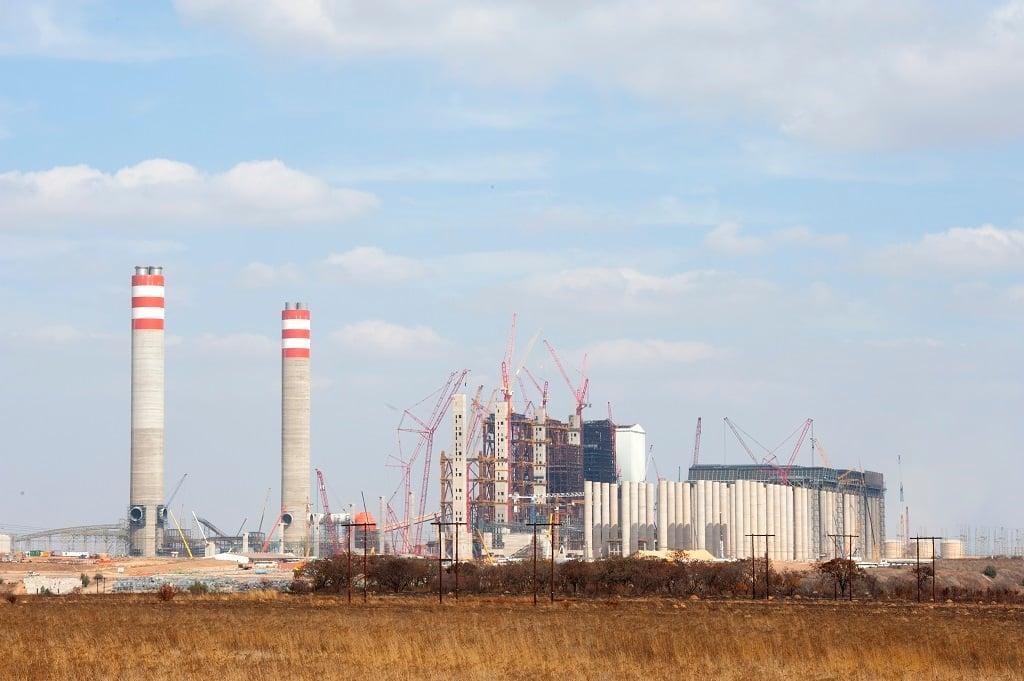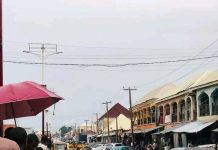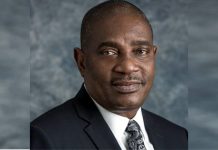Africa-Press – Nigeria. Forestry, Fisheries and Environment Minister Barbara Creecy has upheld a previous decision allowing Eskom to run three units at Kusile without pollution controls.
The minister delivered her decision on Monday. The four applicants – which include civil society groups groundWork and Vukani Environmental Justice Movement in Action, represented by the Centre for Environmental Rights – had appealed the minister’s decision that temporarily allows Eskom to run Units 1-3 at Kusile without Flue Gas Desulphurisation (FGD) to limit load shedding.
The FGD is required to reduce sulphur dioxide emissions.
Eskom had applied to be exempt from using the FGD temporarily following the collapse of a flue gas duct at Kusile’s Unit 1 last year. This was due to ash buildup inside the pipe, and affected the operations of Units 2 and 3. Eskom essentially lost about 2 100 MW of generation capacity – equivalent to two stages of load shedding.
The exemption, which applies until 31 March 2025, allows Eskom to return the units into operation using temporary stacks – without FGD – while repairing the permanent stacks. Having to repair the permanent stacks first would take longer to return the units to service, Eskom argued.
Eskom has maintained that the return of the Kusile units would reduce load shedding stages.
However, exposure to sulphur dioxide pollution is linked to respiratory illnesses such as asthma and bronchitis. Research by the Centre for Research into Energy and Clean Air (CREA) also puts forward that there would be hundreds of deaths if Kusile runs without FGD.
The appellants had taken issue specifically with the steps Eskom would take to mitigate the harm caused to people’s health.
At a briefing on Tuesday, Electricity Minister Kgosientsho Ramokgopa said that Eskom had to make submissions on the health mitigation plan to address the appellants’ concerns.
News24 understands that groundWork and Vukani are still reviewing the mitigation report Eskom submitted before indicating which steps to take next.
In her decision, Creecy said that the National Environmental Management Act requires her to balance the environmental right to health and wellbeing with the obligation to ensure justifiable economic and social development.
“… Regardless of Kusile’s historic performance, any addition to the grid, whether it be at full or partial capacity, will provide relief to the energy crisis. I am therefore satisfied that Kusile will assist in alleviating the strain on the country’s energy needs,” Creecy said.
Based on this, the appeal was dismissed.
However, Eskom has to meet certain conditions.
These include submitting monthly updates to the National Air Quality officer on its progress to repair the permanent stacks at Kusile while it operates the temporary stacks. Eskom also has to make these reports publicly available on its website. This would ensure accountability, Creecy said.
Eskom must also make publicly available, on a monthly basis, the health screening and temporary stack emissions monitoring reports for Kusile.
The third condition relates to concerns raised by the other three appellants – Fairacres Products, GHB Farms and Topigs Norsvin SA. Eskom should do monitoring of animal health – specifically of poultry and pigs – at the three appellants’ properties.
Appellants can still pursue a review of Creecy’s decision through the courts. The court applications will have to be filed within the next 180 days.
At a briefing on Tuesday, Eskom’s head of generation Bheki Nxumalo said that the power utility was “ahead of schedule” in terms of returning the units online before their deadlines. “The units are ready for commissioning,” he said. There may be “teething issues” as they are commissioned because they “had been standing for quite some time” – about a year, he added.
He reiterated this during Eskom’s system update on Wednesday, indicating Unit 3 would be the first to return to service, by 14 October. This was previously expected to only return to service toward the end of November.
Work is still being done on the other two units but all three units are expected to be synchronised to the grid by December 2023.
Creecy may have upheld the appeal, but Eskom still needs authorisations from the Nkangala District Municipality, where Kusile is based, to run the units. The licencing of the plant is issued by the local and district municipality, said Nxumalo, adding that authorisation was needed from authorities.
The return of the Kusile units will be especially important to maintain grid stability as Eskom ramps up the planned maintenance programme which would remove generation capacity.
Along with the synchronisation of Unit 5, the return of the units would add generation capacity of 2 880 MW to the grid, acting CEO Calib Cassim said.
For More News And Analysis About Nigeria Follow Africa-Press







